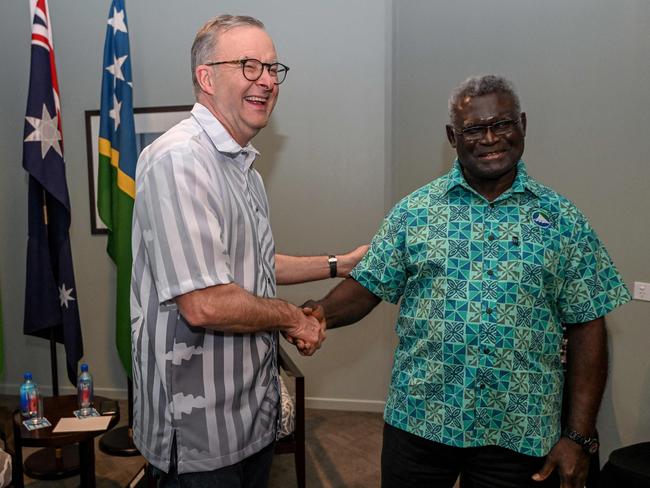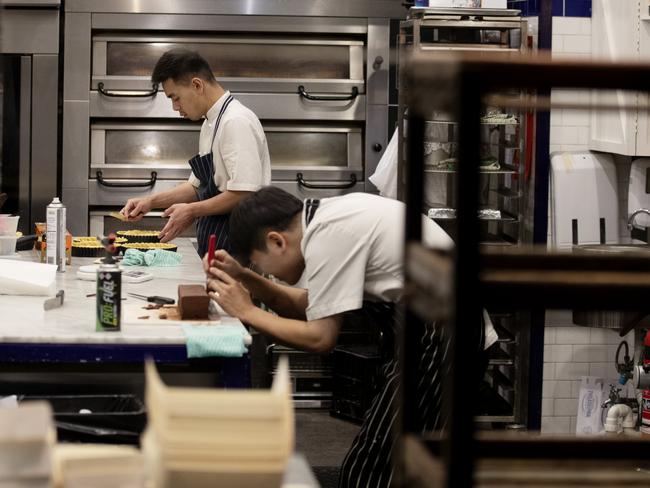Australian employment figures take dramatic fall to 50-year low
Australia has recorded an unemployment rate not seen since 1974, with the surprise figures well outside market expectations.

At Work
Don't miss out on the headlines from At Work. Followed categories will be added to My News.
The first full month of Anthony Albanese’s prime ministership has coincided with a further improvement in employment figures at a more dramatic rate than the market expected.
Unemployment dropped from 3.9 per cent to 3.5 per cent in June, according to the latest monthly jobs figures handed down on Thursday by the Australian Bureau of Statistics.
The underemployment rate – which measures the proportion of employed people who want to work more hours than they currently do – increased by 0.3 percentage points to 6.1 per cent in June.
ABS head of labour statistics Bjorn Jarvis said the 3.5 per cent unemployment rate was its lowest since August 1974 when it was 2.7 per cent and the labour force survey was released quarterly.
“The 3.4 per cent unemployment rate for women was the lowest since February 1974 and the 3.6 per cent rate for men was the lowest since May 1976,” Mr Jarvis said.
The ABS found there were 88,000 more people employed and 54,000 fewer people unemployed in June compared with May, driving the unemployment rate down by 0.4 per cent.

The market had been widely tipping the official unemployment rate to fall by 3.9 per cent to 3.8 per cent.
BIS Oxford Economics head of macroeconomic forecasting Sean Langcake said the Australian labour market was now tighter than the Reserve Bank had expected it to be at any point in 2022.
He is tipping another 0.50 per cent increase to the official interest rate when the central bank meets next month in light of the jobs figures released on Thursday.
Mr Langcake noted that despite the sharp increase in employment over the month, hours worked were unchanged, suggesting there was still a large cohort of people being forced to take sick leave due to Covid-19.
“With these staff unavailable, firms may be looking to hire additional staff to guard against capacity constraints,” he said.

The ABS has attributed the sharper-than-expected drop in the official unemployment rate to an increasingly tight labour market, with high demand for engaging and retaining workers as well as ongoing labour shortages.
The participation rate – people in work or looking for employment – hit another record high, up to 66.8 per cent from 66.7 per cent.
Seasonally adjusted employment increased by 88,000 people, or 0.7 per cent, in June, its eighth consecutive monthly increase since Delta lockdowns were eased in the second half of 2021.
The fall in unemployment through the pandemic has coincided with large increases in job vacancies, with 480,000 jobs available in May.
This meant there was almost the same number of unemployed people in June – 494,000 people – as vacant jobs.
Mr Jarvis said this meant there was about one unemployed person per vacant job compared with three times as many people before the start of the pandemic.
Originally published as Australian employment figures take dramatic fall to 50-year low
Read related topics:Anthony Albanese


